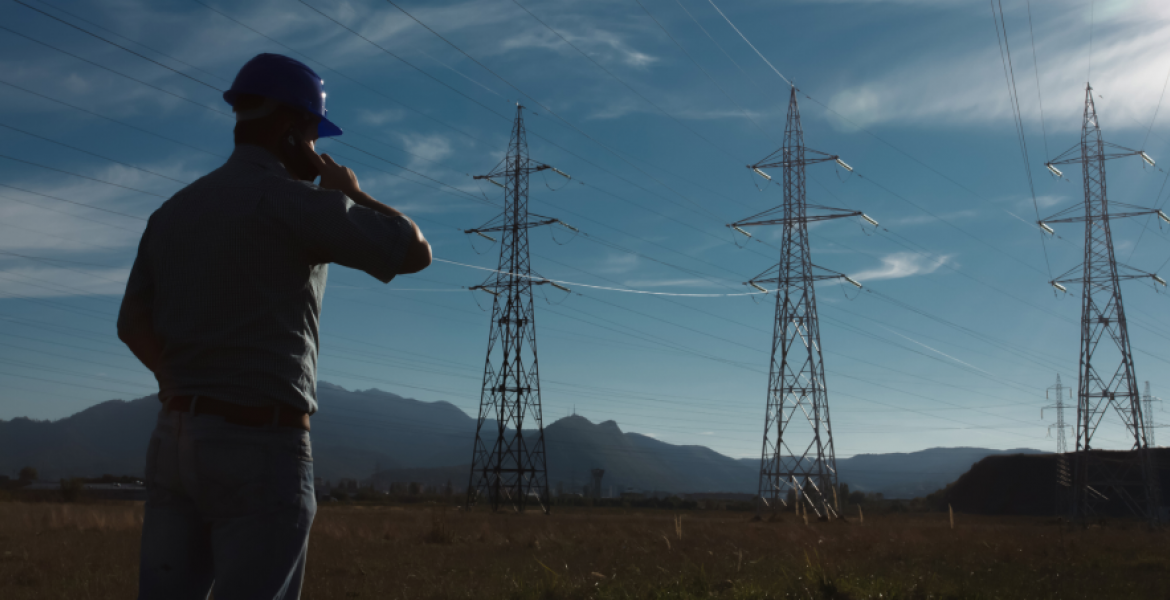
Modern Web Portals for Energy and Gas Companies: 6 Challenges and Strategies
BUSINESS, HIGH LEVEL TENDENCIES.
Companies in the energy and gas industry are one of the largest segments of the economy in different countries with a very important social and economic impact. These companies rely on their web platforms for different purposes depending on their user types.
There are companies that communicate directly with consumers, known as B2C (Business to Consumer), while others are B2B (Business to Business) and their audience is not end users but other companies. The same company must be able to communicate with its investors, with industrial customers, with household customers, with the communities where it operates, with its collaborators and with its internal users.
These are the six most important challenges for the portals of firms in the energy and gas sector:
Portals for multi-site business groups
These companies operate in many cases as business groups and their managers must manage corporate governance through different entities that must maintain a communicational and structural unity.
In addition to managing multiple sites, these sectors are highly mature in terms of regulation, meaning that they are subject to very strict regulations and have very robust internal processes.
For these reasons companies in the energy and gas sector require very high quality technology platforms and solutions. However, they often lack in-house web teams with extensive core web expertise and rely on few employees with a true depth of knowledge of modern web development.
Security and stability in corporate web portals
Due to their high importance in the economic sector, the regulations to which they must respond and the reputational exposure they have, it is essential that their web portals are very secure and stable.
The end-user's perception of the stability of the corporate group, which is distributed among the various stakeholder groups mentioned in the following section, is of particular importance. Since these are brands on which very large economic sectors depend, technology strategies must meet a very high level of expectations.
Audience and web user segmentation
One of the main challenges in web communication strategy is to be able to effectively reach different user segments, through private and public communication areas. This segmentation of audiences leads to an emphasis on the key sections of the portals: not all the web portal is the same in terms of its complexity and depth.
What is sought in general with respect to these areas are integration and scalability mechanisms that allow rapid, stable and secure development.
We generally find that there are audience areas that require specific content structures and are key sections for these companies:
Investor area
For the communication of financial information, which may require integrations with stock exchange systems and/or investor services such as investment certificates.
Document library area
Where companies can consolidate different documents for their stakeholders.
Transactional and service area
When there is user contact, such as in B2B or B2C companies, where users can consult business information, quote services, make requests or download information.
Sustainability area
Aimed at communicating the practices they have or implement with respect to sustainability and the environment.
Contractors area
For companies that have contracting processes in their portals.
Areas per segment
They include areas of collaborators and suppliers. They can unify intranet and extranet systems in a single platform.
An important challenge in this regard is to be able to speak to different audiences in the right language and offer them web services according to their needs. What a company official needs is very different from what a community needs, or what an international investor needs.
Content must be customized according to these needs and in this case digital experience platforms offer excellent solutions for the management of this content.
Evolution in user experience
The portals of energy and gas companies are evolving their web strategy, seeking to improve their communication with different audiences and their business processes.
We have seen an important "look and feel" trend that seeks to connect companies, traditionally infrastructure-oriented, with the human side, seeking to project an image of closeness to the end user. This includes, for example, giving renewed importance to how energy is used, rather than to the physical elements that generate or transport it.
In addition, we have modular design systems that allow us to create these independent experiences without losing the consistency of the business group. This is for cases where there are multiple properties, while maintaining visual and brand consistency across the different subsidiaries of the group.
This raises in parallel, in terms of user experience, the need for flexibility for publishers with respect to page construction, so that they are not constrained by a rigid template and have the freedom and independence in building their sites. This trend represents an evolution from monolithic content management systems to microservices structures and Headless and DXP platforms.
Editorial processes in corporate environments
When addressing the content strategy during the modernization of web portals, the challenge arises of having editorial processes that do not depend on the people on duty and that are not affected by the turnover of personnel that the company may have. In the communication strategy, it is important to have content production and editing processes that can be stable over time.
This is in addition to the fact that the contents are not written and published by the same person, but have several revision stages that are complex and go through multiple areas: communications, legal, management, sustainability, among others. The challenge lies in the fact that these are multidisciplinary contents that have contributions from different business areas and must simultaneously maintain high quality criteria.
Not only are they multidisciplinary contents, but there is also the need to create the content according to the audiences, responding to a gap between the language that the companies handle internally and the language that the target audience handles. For example, internal language can be very technical, legal or financial, but it must be expressed in a way that can be understood by different readers.
Adopting techniques of citizen language and clear language allows a better approach to the end user. Likewise, a visual unity must be achieved with the images used to enrich the content and make it more attractive, and they must be related to the brand.
As part of the content strategy, it is important to establish practices for reviewing and renewing content periodically. For example, to help with these editorial processes, there are tools (such as GatherContent) to manage content preparation flows before publication on the web.
Another important part of post-publication content governance is the proper use of user metrics and analytics. It is not just about establishing the number of visits to a page but going beyond basic metrics to understand end-user behavior. This requires doing usability testing or performing segmented analytics for an interest group.
Modernization of corporate web platforms
Finally, and integrating the points mentioned above, there is the challenge of how to build a portal: the complete development process, testing and integrations with high levels of quality.
An example at the technology level could be "discoverability", i.e. the ability to structure information and make it "searchable", easily found by users according to their needs and interests. This occurs both externally and internally, with the different collaborators.
Another example is web project management. While energy and gas companies may be adept at managing large infrastructure projects, they are not necessarily as experienced in managing web projects. This can make it harder for them to manage projects that combine technology, digital expertise, multichannel content, etc. and is reflected in the overall challenge of building the site.
Finally, another technical challenge lies in the way in which the companies' internal platforms (such as ERP, SAP or Peoploesoft), which are the source of business information, are integrated with the portals in the companies that provide services to end users. The challenge is that previously all the integration code was part of the content manager and now these companies are favoring having a separate integration code.
This separation allows the code to be audited, updated and managed without affecting the content manager or the web platform of choice. This is particularly important in digital commerce strategies.
At Aplyca we are creating a new generation of modern web portals. We have been building portals for energy and gas since 2005, including Grupo de Energía de Bogotá, Contugas and TGI. We are currently implementing the digital experience for Terpel.
Learn more about our projects and contact us to discuss your projects.